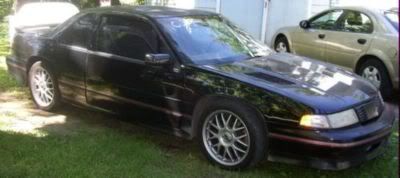This clip is from http://www.classicjaguar.com/v12engine.html
The complaint was excessive tappet noise, which was very puzzling because the cam profile, cam follower (tappet) and much of the valve gear differed little from the XK.
The root cause is that the cast iron followers run in an aluminium cam carrier rather than cast iron sleeves as on the XK so the running clearance varies with temperature. All engine components are manufactured within certain tolerance limits and in this case the largest permissible follower must be able to run in the smallest permissible carrier bore - BUT - this must be so down to minus 40 degrees in a severe North American winter. At the other extreme a low limit follower mated with a top limit carrier bore could be quite sloppy in a hot engine. The actions of these components are exceedingly difficult to analyse but it does seem that cam profile, tappet clearance, side movement, rock-over at peak lift, tappet rotation and valve concentricity with its seat, all play a part in the generation of what is perceived as tappet noise. The range of side clearances involved is not great, ranging from about 0.0005" to 0.002" at room temperature, so effort was concentrated on cam profiles with gentle take up which would be less likely to provoke the followers to rattle about. An acceptable cam was introduced in the early 1970s but it was always a good rule of thumb to set the inlet valve clearances to tight limit and exhausts to wide limit (being hotter the running clearance works out about the same). By 1993 the market required some further cam profile refinement although it should be noted that the fundamental valve motion hardly changed over the years.
The root cause is that the cast iron followers run in an aluminium cam carrier rather than cast iron sleeves as on the XK so the running clearance varies with temperature. All engine components are manufactured within certain tolerance limits and in this case the largest permissible follower must be able to run in the smallest permissible carrier bore - BUT - this must be so down to minus 40 degrees in a severe North American winter. At the other extreme a low limit follower mated with a top limit carrier bore could be quite sloppy in a hot engine. The actions of these components are exceedingly difficult to analyse but it does seem that cam profile, tappet clearance, side movement, rock-over at peak lift, tappet rotation and valve concentricity with its seat, all play a part in the generation of what is perceived as tappet noise. The range of side clearances involved is not great, ranging from about 0.0005" to 0.002" at room temperature, so effort was concentrated on cam profiles with gentle take up which would be less likely to provoke the followers to rattle about. An acceptable cam was introduced in the early 1970s but it was always a good rule of thumb to set the inlet valve clearances to tight limit and exhausts to wide limit (being hotter the running clearance works out about the same). By 1993 the market required some further cam profile refinement although it should be noted that the fundamental valve motion hardly changed over the years.


Comment